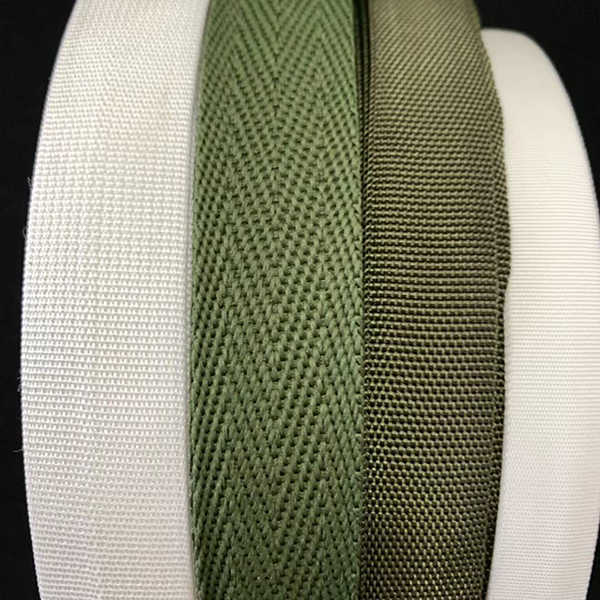With the Selvedge webbing There are more and more types of products. Although many buyers of wrapped webbing know what different wrapped webbing is used for, many people do not know what materials these wrapped webbing are made of. How to distinguish different kinds? The following is the identification method of several materials of wrapped webbing after burning.
1、 Cotton fiber and hemp fiber
Both cotton fiber and hemp fiber burn just close to the flame, burning rapidly, with yellow flame and blue smoke. The difference between the smell of burning and the ash after burning is that cotton burning gives out paper smell, while hemp burning gives out grass ash smell; After burning, cotton has very little powder ash, which is black or gray, while hemp produces a small amount of gray white powder ash.
2、 Nylon and polyester
Nylon (nylon), the scientific name of polyamide fiber, quickly shrinks and melts into a white jelly near the flame. It burns in the flame, drips and bubbles. When burning, there is no flame, and it is difficult to continue burning away from the flame, emitting a celery smell. After cooling, the light brown molten substance is not easy to grind.
Polyester fiber, the scientific name of polyester fiber, is easy to ignite, and will melt when it is near the flame. When burning, it will emit black smoke while melting, showing a yellow flame and emitting a fragrant smell. After burning, the ash will be a dark brown hard lump, which can be twisted with your fingers.
3、 Acrylic and polypropylene (pp)
Acrylic fiber, whose scientific name is polyacrylonitrile fiber, is softened and shrunk near the fire, and emits black smoke after the fire. The flame is white, and burns quickly after leaving the flame, giving off the acrid smell of burning meat. The ashes after burning are irregular black hard blocks, which are fragile when twisted by hand.
Polypropylene fiber, the scientific name of polypropylene fiber, is easily melted and shrunk near the flame. It burns slowly away from the flame and emits black smoke. The upper end of the flame is yellow and the lower end is blue, emitting a smell of oil. The ashes after burning are hard round light yellowish brown particles, which are fragile when twisted by hand.
We all know that it is easy to identify fibers by combustion method, but it is difficult to judge blended products. It is necessary to take one yarn from the warp and weft directions and burn them separately. Take out several warp and weft yarns of two unknown types of selvedge webbing, burn them with a lighter respectively, observe some physical phenomena during the burning process to determine the raw materials of warp and weft yarns. When burning, observe the flame, melting, smell and ash after burning.


